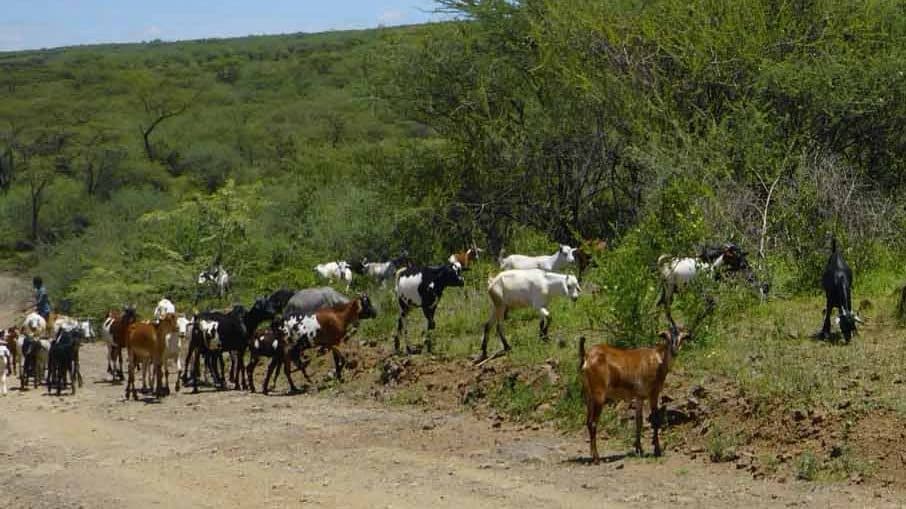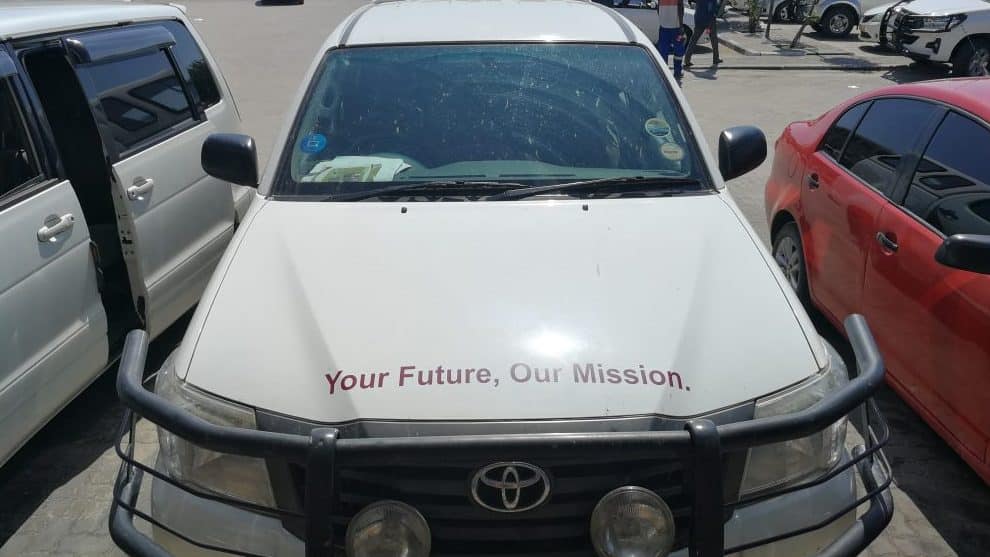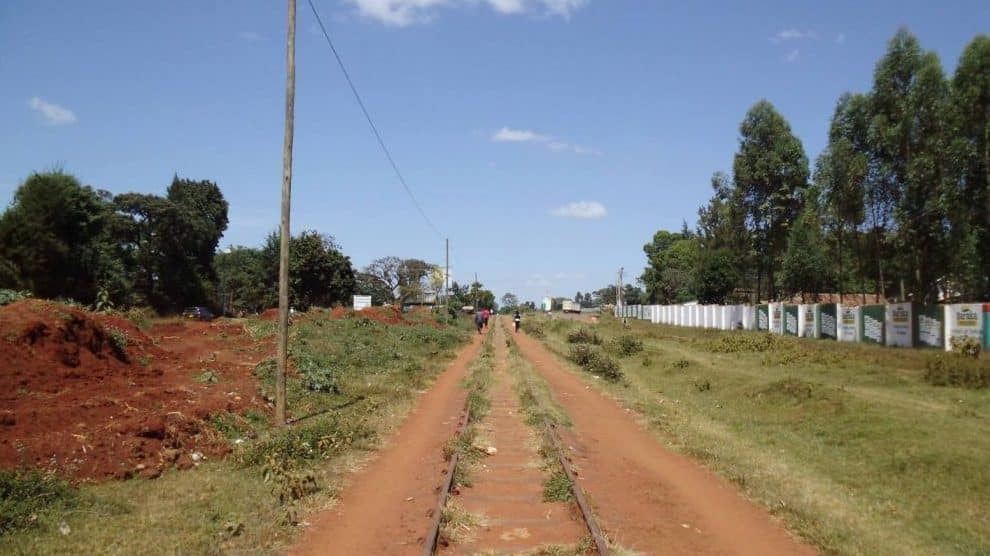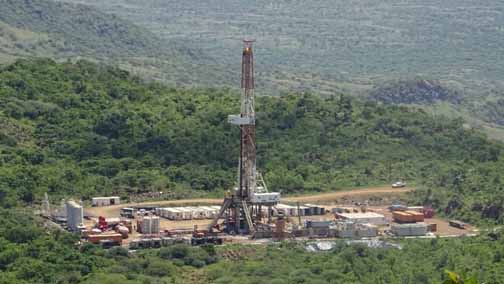Reasons for the sometimes breathtakingly rapid spread of emerging infectious diseases are not entirely clear, though often land-use changes, loss of biodiversity, and accelerated human movement as part of globalization are believed to be important drivers. This is particularly the case for zoonotic diseases which currently constitute over 70% of global human diseases. As the line of distinction (boundaries) separating different natural habitats is continuously being altered, there is growing uncertainty surrounding the emergence and re-emergence of zoonotic diseases. With a significant proportion of zoonotic diseases being arboviruses, the Future Infections project investigates how socio-ecological transformations and land-use changes in the context of future-making will lead to shifting boundaries of arboviral diseases and the vectors that are responsible for their transmission.
With Africa’s population said to double by 2050, agricultural intensification efforts are needed to secure the nutritional resources required to meet the growing demand. A widespread and common strategy to achieving this is often to create additional arable land by turning wetlands, savanna grasslands, and forests into agricultural production. This large scale land-use change unintentionally breaks natural boundaries, increasing the interaction between the vertebrate host, virus, and vector and favors the emergence of arboviruses. Generally, arboviruses and their vectors are particularly sensitive to ecological changes and will easily cross boundaries (escaping from their natural habitat or transmission cycles) and adapt to new hosts and geographic regions. Also, intensification of production and consolidating plot sizes often happens at the expense of traditional rangeland.
Consequently, the remaining rangeland areas, often adjacent to these high production zones, become overstocked with livestock, resulting in overgrazing, and environmental degradation. One of the beneficiaries of such developments is invasive and exotic plants like Parthenium, Prosopis, and Opuntia. Interestingly, these invasive plants do not only pose a threat to food security by destroying rangelands and invading cropped areas but can impact mosquito vectors of infectious diseases by affecting key aspects of their bionomics and pathogen transmission abilities.
Conservation is another large scale land-use change in Africa that seeks to prevent biodiversity loss and boost the tourism industry. However, this may unintentionally disrupt the natural boundary that exists between human/livestock and wildlife. Though the prevalence of pathogens is suggested to be low in biodiverse ecosystems (as the density of amplifying hosts is diluted by non-amplifying hosts), nevertheless, a drastic increase in wildlife has been shown to affect the movement of animal herds thereby altering disease transmission dynamics, especially in pastoral communities. An increase in the density, diversity, and movement of wildlife populations out of their natural habitats may lead to unpleasant surprises of outbreaks of infectious disease (spreading from native wildlife populations to livestock).

Land-use changes increase the proximity between humans, livestock, and wildlife. Additionally, mosquito vectors may serve as an indirect link between the different entities (land-use changes, vertebrate host, and the virus), and thus, knowledge of lines of distinction and zones of interaction between these entities remain critical especially in predicting the emergence of new arboviral infections or the re-emergence of existing ones. Depending on the land-use type, the concept of boundaries as related to future infections may, therefore, be interpreted differently.
By: Sheila Agha and Heiko Guggemos






